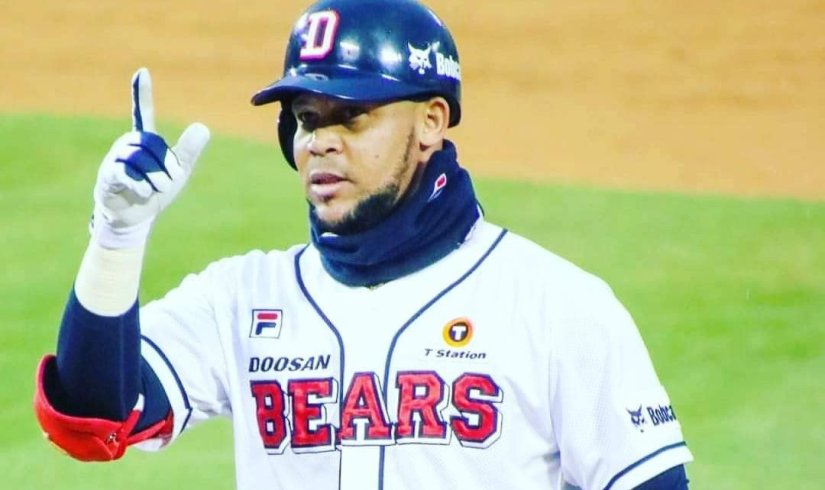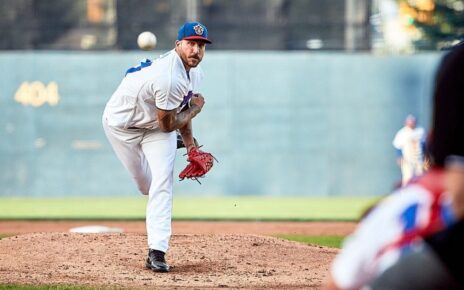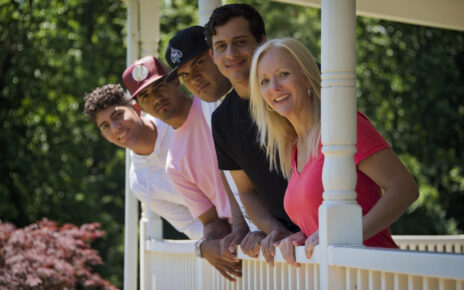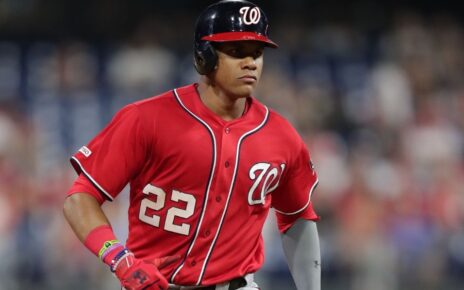José Miguel Fernández came up with the Cocodrilos de Matanzas in the Serie Nacional de Béisbol. He exhibited a healthy amount of power and an extreme contact-oriented bat. When he was finally able to defect from Cuba he was courted by a number of teams before ultimately signing a minor league contract with the Los Angeles Dodgers in 2017. Throughout the next two years Fernández would provide the same exact level of play at four different stops before he ended up being granted his release and leaving the ranks of Major League Baseball after the 2018 season.
It’s unclear as to why Fernández ended up out of MLB. He produced at every level except for his brief time with the Los Angeles Angels. With the Tulsa Drillers and Salt Lake Bees, double-A and triple-A respectively, he garnered DRC+’s of 142 and 135. He didn’t get enough plate appearances with either the triple-A Oklahoma City Dodgers or the Angels to truly take much away from his time with either team, but his DRC+ at both those stops was near average at 96 and 97 respectively. Yet, here we are in the year 2019 and the Doosan Bears of the Korea Baseball Organization have made the MLB’s loss of Fernández their gain.
Through 306 plate appearances, the lefty is slashing .361/.426/.544 with 10 home runs, 20 doubles, and 29 walks to only 24 strikeouts. He’s been everything the Bears could have hoped for and then some. The Bears solved Fernández’s fielding woes by sliding him into the designated hitter role, and he has excelled. Actually, he’s just been his typical self when given the playing time to show what he can do. He’s third in all of the KBO in kWAR at 3.3, his wOBA of .443 is second in the league, as is his WRC+ of 179.
Fernández’s WPA of 2.14 is good for sixth in the league and it’s clear he has made the Bears a better team, with his bat providing consistency and power. He hasn’t changed a thing about his approach. Watch an at-bat of his with the Bears, the Drillers, or the Cuban National Team and it’s the same swing and the same finely tuned eye for the strike zone. Fernández isn’t tapping into some unseen potential in South Korea, he’s doing the same as he has always done.
There’s no reason to doubt the numbers Fernández is putting up. He’s been good against every pitch thrown his way, save the curveball. He’s only hitting .200 against curveballs, but he has maintained his ability to foul off more curveballs than he puts in play. The former resident of Santa Clara, Cuba has seen 27 curveballs all year long. He still hasn’t figured out how to succeed against curveballs, but he has managed to limit the damage they inflict upon him. No other pitch is giving Fernández the slightest bit of trouble this year, as his batting averages of .438 against the fourseam fastball and .348 against the slider demonstrate.
Perhaps Fernández will use his time in the KBO to play his way back into MLB. Or, maybe he will stick in the KBO for some time to come. In reality, Fernández should be able to do either because the Fernández who is dominating with the Bears is the same Fernández that previously played in the United States and Cuba. He doesn’t fit the mold of a traditional designated hitter and MLB teams may have been reticent to give him time at that position because for that very reason. Be that as it may, Fernández is producing for the Bears, showing yet again that not all development tracks are the same and that not cutting it in MLB isn’t always for reasons the player can control.
Lead photo courtesy of Unknown – Unknown




